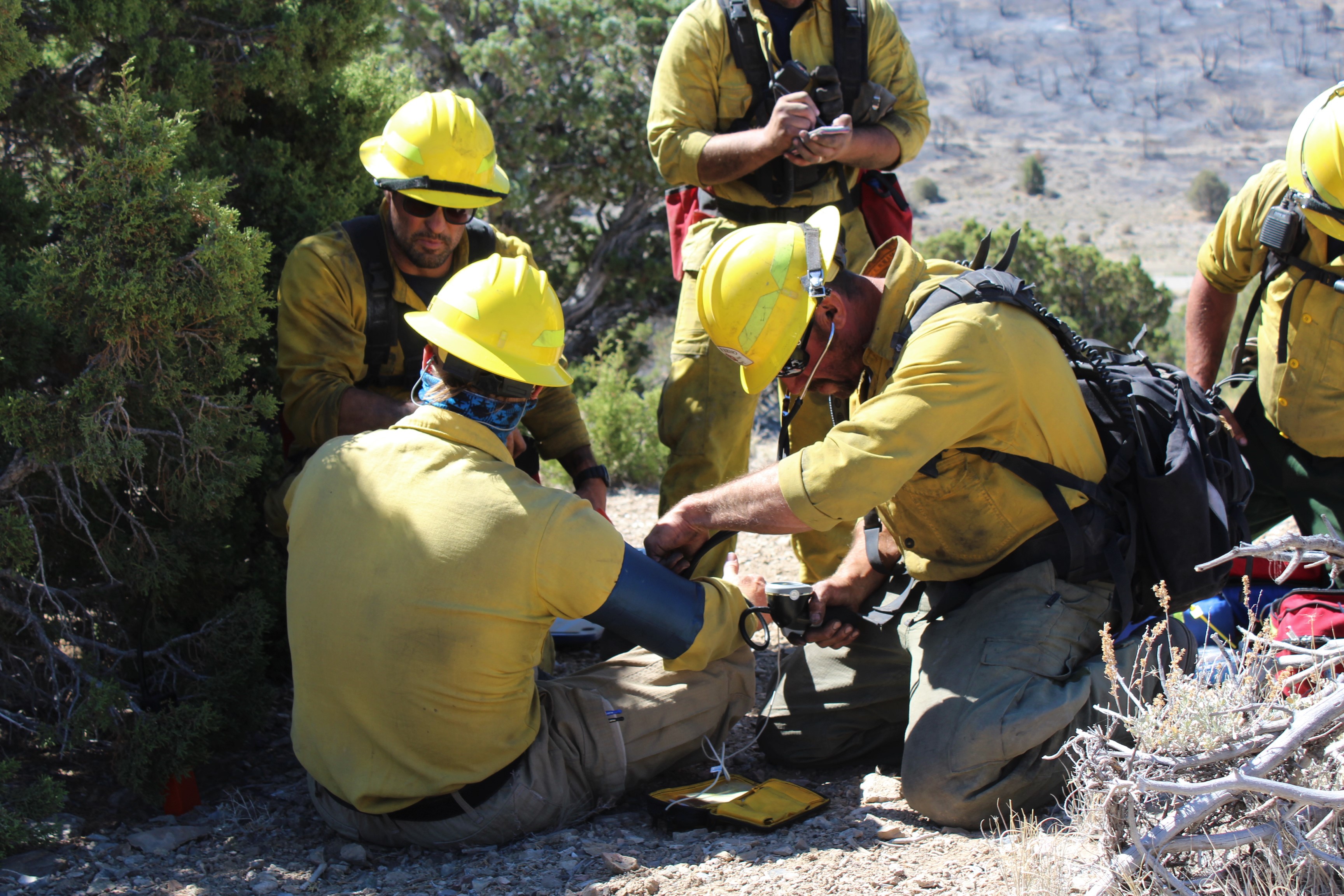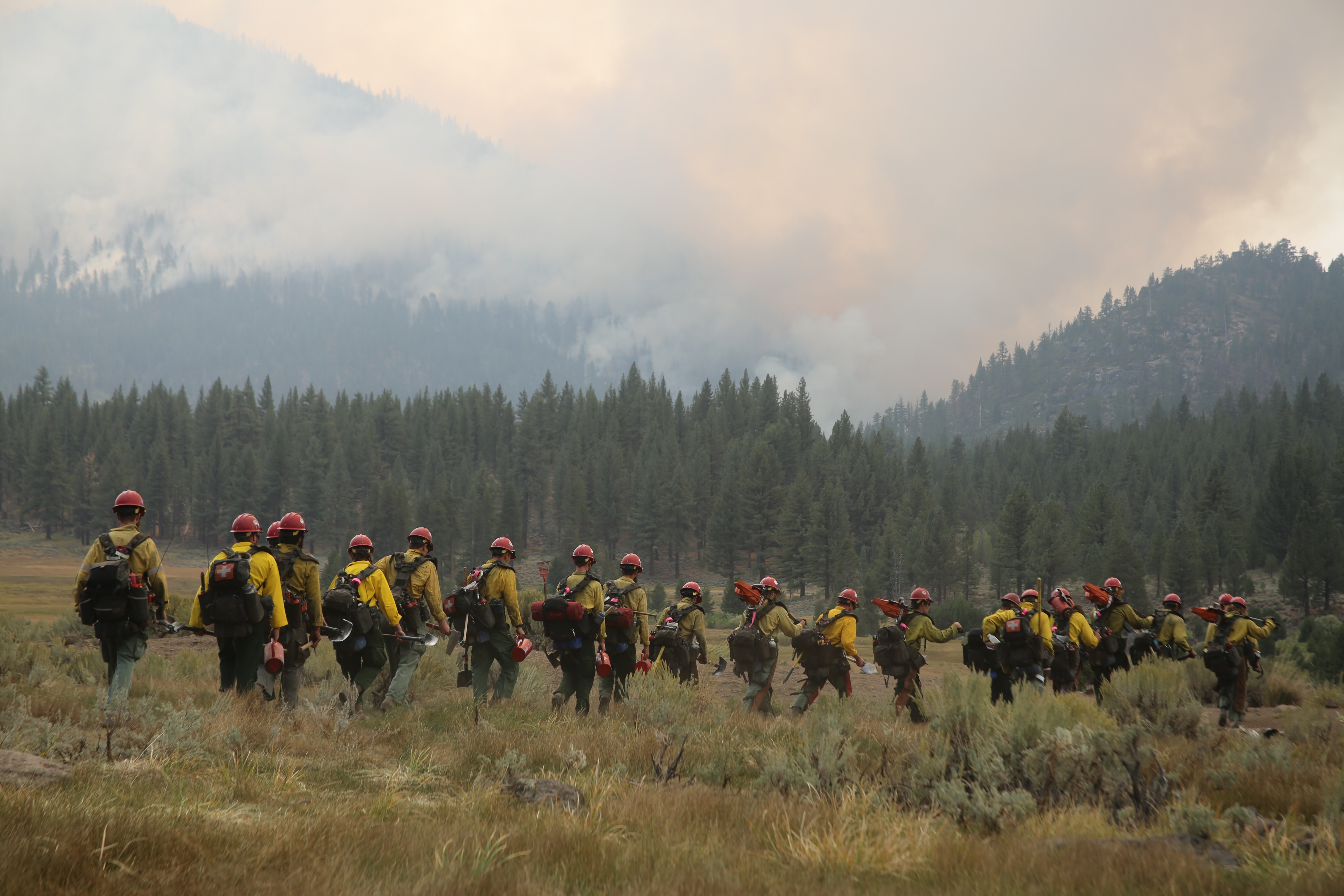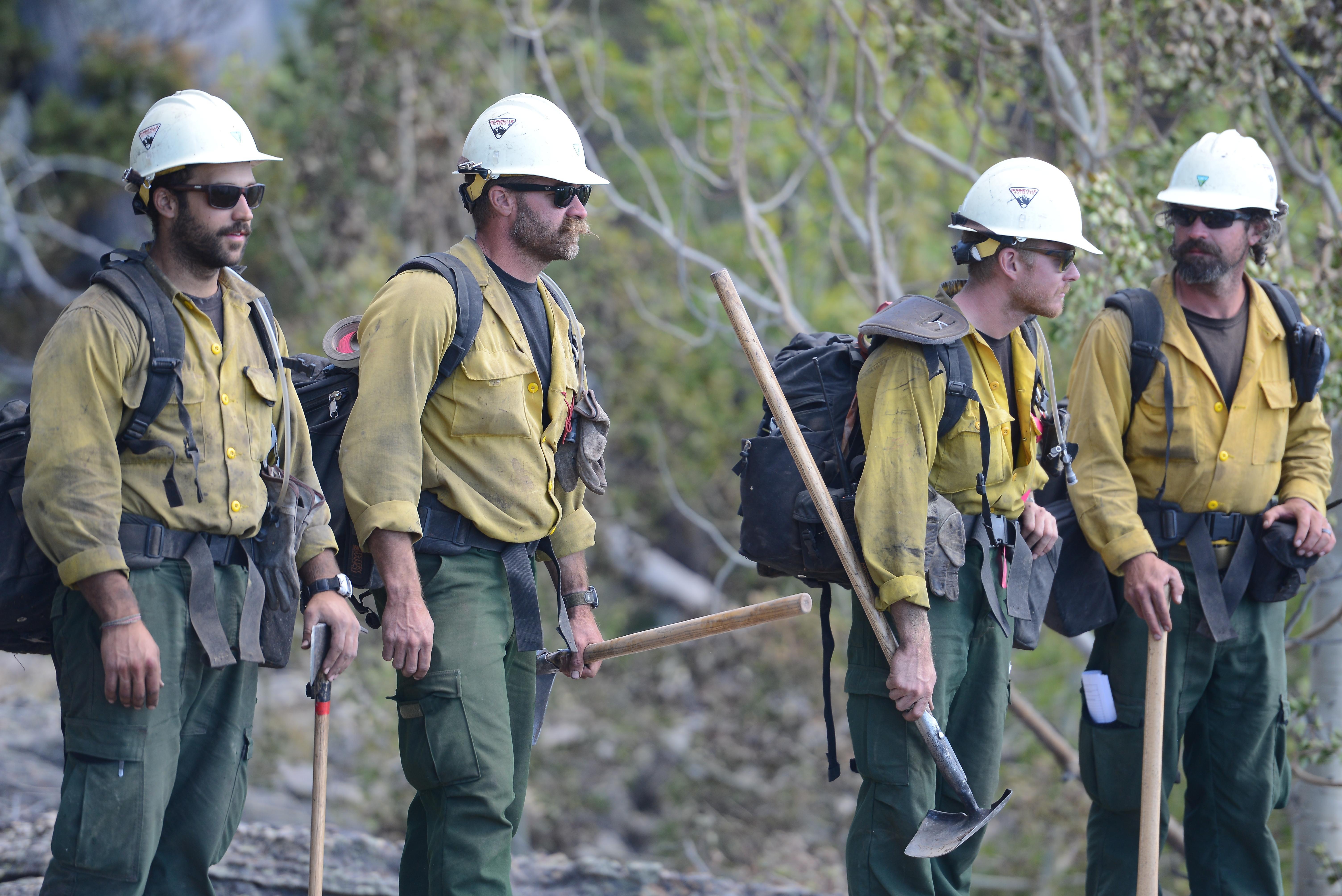From late Spring to early Fall, wildland firefighters across the country are on the fireline working hard to protect our wildland areas and communities. Alongside wildland firefighters, often hiking through miles of terrain, are wildland medics. From treating heat illness and dehydration to opening airways and performing trauma care, wildland medics are a critical part in the fight against wildland fires.
Wildland Medic Requirements
While wildland firefighters are trained in basic first aid and are required to be properly equipped in a medical emergency, wildland medics provide the aid and support for wildland firefighters that they cannot provide for one another. Becoming a wildland medic requires an Emergency Medical Technician License, as well as other training and requirements related to wildland firefighting and fire safety. In addition to obtaining an EMT Certification, medics working in wildland firefighting crews are required to complete a set of courses and training on firefighting and wildland fire behavior. The level of EMT certification a wildland medic receives determines their job duties and often where they are located during a wildland fire. An Emergency Medical Technician – Basic (EMTB) provides medical treatment limited to the fire camp, while an Emergency Medical Technician – Fireline (EMTF) responds to incidents directly on the fireline. An EMTF is required to obtain an Incident Qualification Card, also known as a Red Card. A Red Card is obtained through the completion of additional classroom training, field exercises, and physical fitness tests related to firefighting and fire safety.

Wildland Medics: Skilled & Resourceful
Wildland medics perform a variety of treatments and medical services, making it important they are prepared for any situation they are met with when in the field. According to the National Wildlife Coordinating Group, “The EMTF would also be expected to perform lifesaving skills with the equipment available to them on the fireline, which is significantly less than those EMTs in the medical unit or typical urban EMT system”. Being skilled and resourceful in the field is necessary for wildland medics as they often provide medical care with limited resources available. NWCG’s Incident Response Pocket Guide (IRPG), reviews the Emergency Medical Care Guidelines for wildland firefighters and medics to be confident and ready in a medical emergency. With the proper resources and equipment, wildland medics can be better prepared on the line, allowing wildland firefighters to continue performing their duties and protecting our wildlands.

Wildland Medic Gear & Resources
The National Fire Fighter Corp. provides equipment and gear to help protect wildland firefighters and medics when on the line. The True North Firefly Wildland Medic Pack is classified by UL to meet NFPA 1977 Standard on Protective Clothing and Equipment for Wildland Fire Fighting. With the 2200 cubic inch gear bag, wildland medics can carry the supplies they need to protect firefighters on the line, even when hiking through miles of terrain.
For many wildland firefighters across the United States, encountering poison oak while hiking through terrain is almost inevitable. Marie’s Original Poison Oak Soap is used to remove the oils from the poison oak plant and speed the healing process of minor rashes, allowing wildland firefighters to return to the line quickly.

Preparing For Wildfire Season with NFFC
The National Fire Fighter Corporation strives to provide customers with the products they need to protect themselves, their communities, and their property from the devastating effects of fire. NFFC is a trusted source for quality, reliable firefighting gear to help effectively extinguish fires, stay protected, and minimize injury. With innovative designs, and high-quality, durable materials, NFFC wildland fire equipment and products help keep the brave men and women fighting fires safe when things get hot.